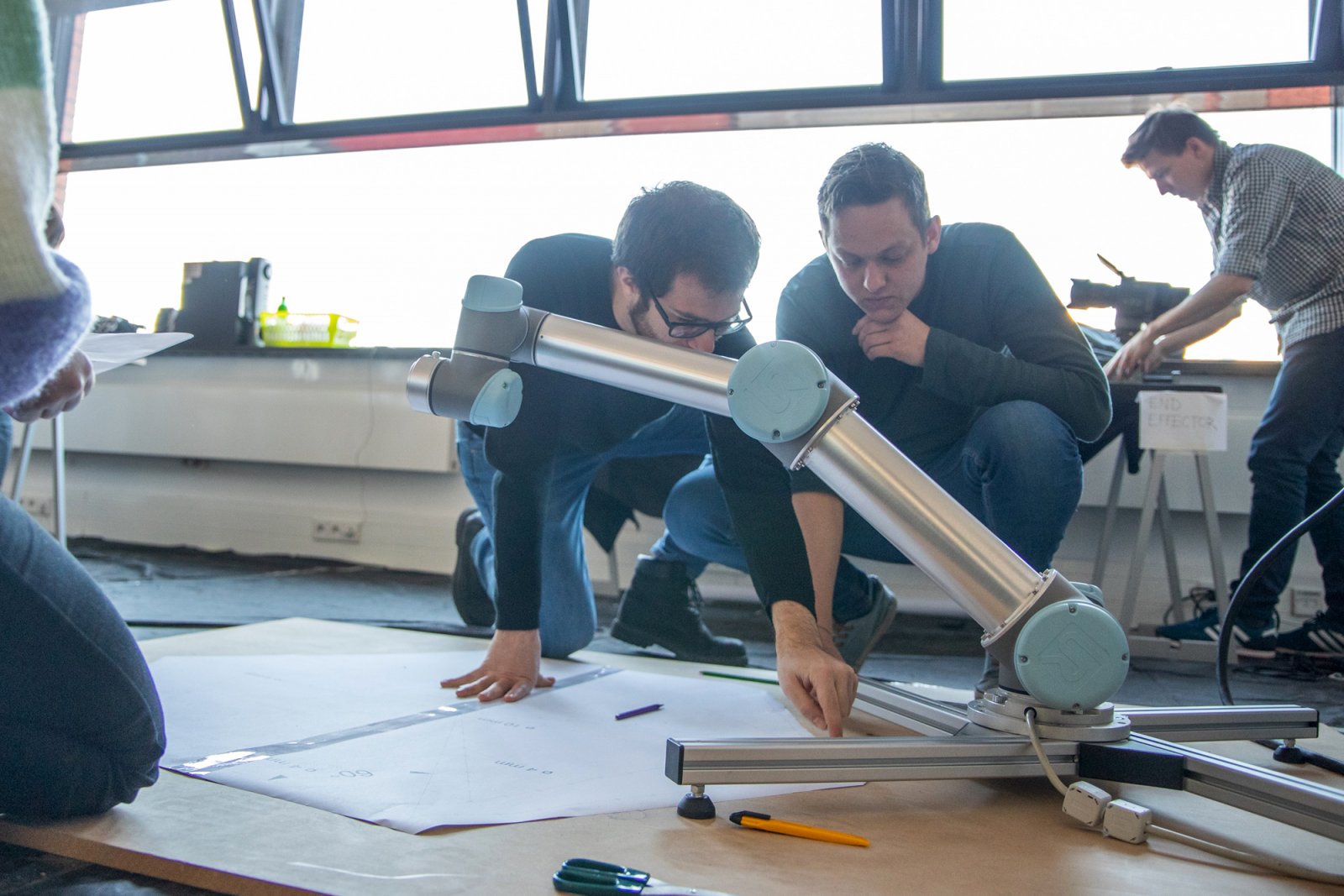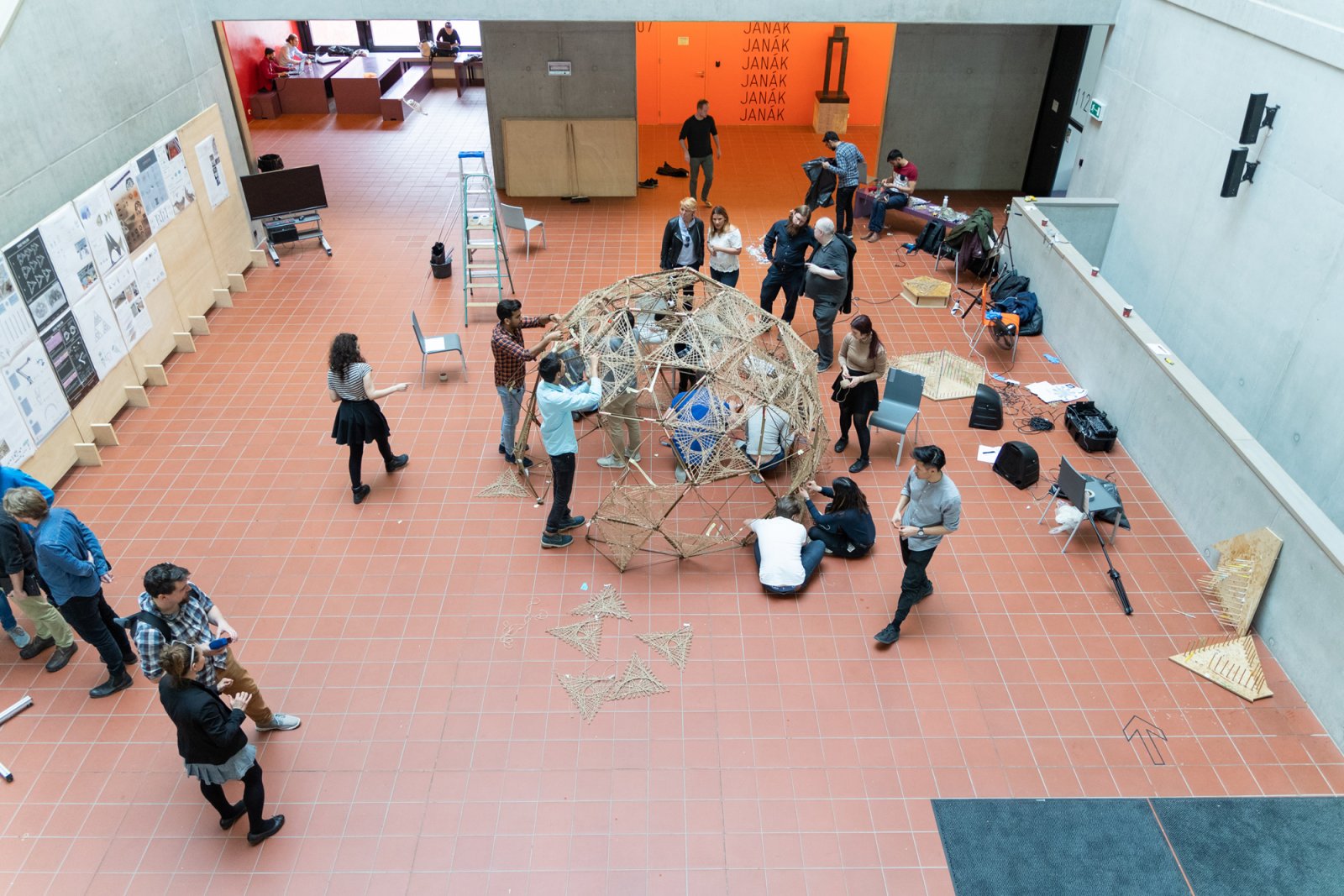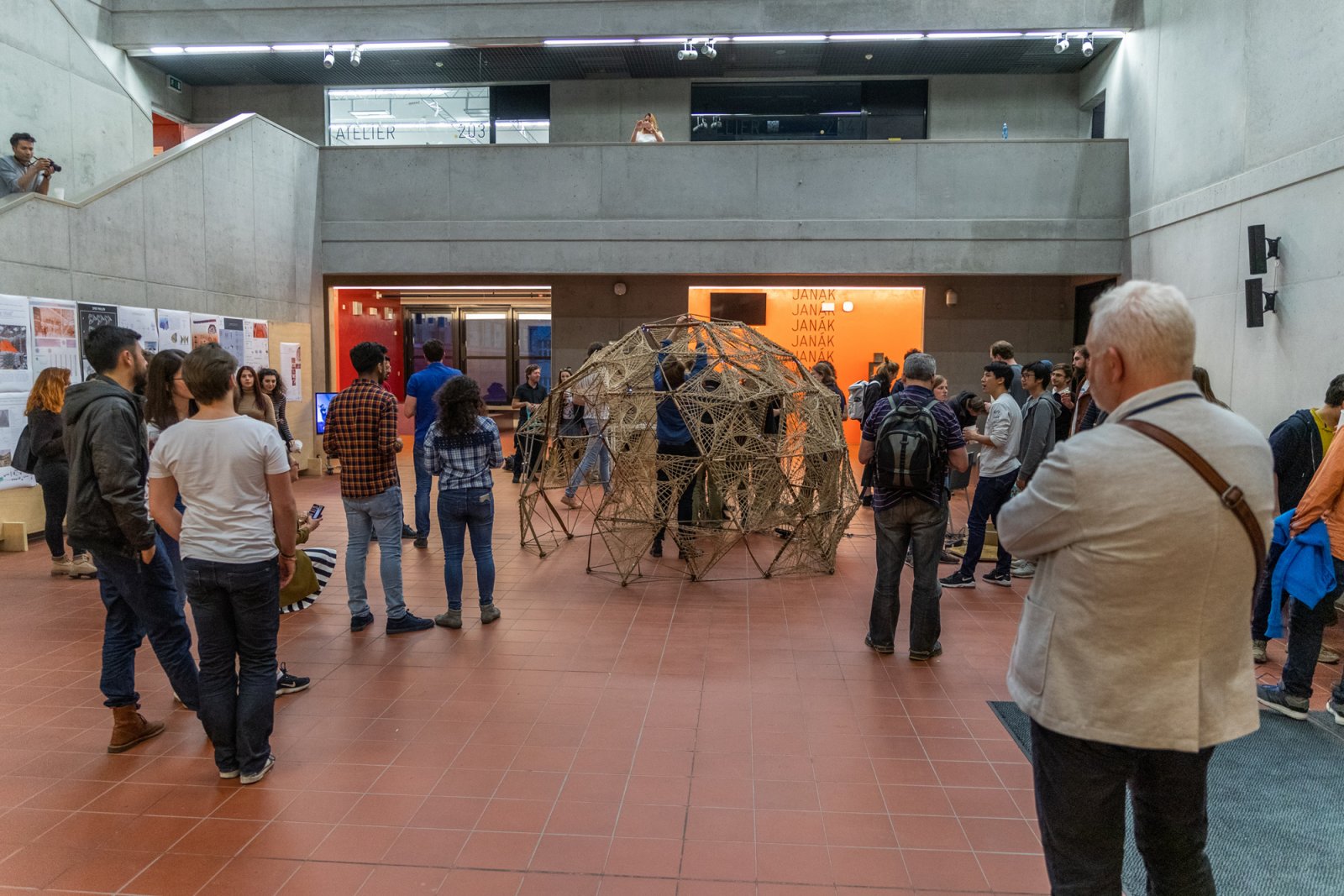
In the Czech Republic, an experimental habitat model for Mars has been created
Source
Experimentální ateliér Achten-Nováková, FA ČVUT
Experimentální ateliér Achten-Nováková, FA ČVUT
Publisher
Tisková zpráva
10.04.2019 08:10
Tisková zpráva
10.04.2019 08:10
Czech Republic
Prague
Dejvice
Students of the Faculty of Architecture at Czech Technical University (ČVUT) created a model of a potential living unit on Mars. The proposed dwelling was assisted by a collaborative robot (cobot) loaned by Universal Robots. The model is made up of a series of panels that the cobot wove from hemp and jute fibers. The faculty collaborated with a technical university from Delft, Netherlands, on the project.
The two-meter-high model has been standing in the atrium of ČVUT since Friday, when it was ceremoniously unveiled. Its spherical shape consists of assembled panels that are woven from natural fibers. The hemp fiber is 4 millimeters thick, while the jute cord has a diameter of 2 millimeters. The fibers were impregnated with a solution of slop, which ensured their curing.
The young architects first created a template for the borrowed cobot to weave a web-like pattern. However, a final solution had to be produced. Therefore, the students designed a container made from their own recycled PET, which was attached to the robot's arm and through which the fibers passed while being simultaneously soaked in glue.
“The students had to teach the robot the desired task, that is, to show it what movements to make to properly weave each panel. They succeeded splendidly, and in just a few days,” stated Kateřina Slánská, marketing manager at Universal Robots, which lent the collaborative robot for this project for free. It was a type of UR5 robot that can carry loads of up to 5 kilograms.
The task was assigned to students by the Experimental Studio
The construction of the dwelling on Mars was assigned to students as a year-long exercise within the framework of the Experimental Studio Achten-Nováková at the Faculty of Architecture. “We work in an experimental way to a large extent and come up with new procedures during the preparation that have an interesting impact on the final result. The task was to use a robot in combination with parametric design. In the end, a house for Mars evolved into an eco-pavilion made of natural materials,” explains Kateřina Nováková, who co-founded the studio and led this project in conjunction with colleagues from Delft.
During the semester, 11 designs were created, but only the winning one was realized on Friday. A total of 41 students worked on it, of whom 33 were from Delft. The technical university there has collaborated on the project from the very beginning.
The resulting pavilion is unlikely to see space, but it fulfilled its primary purpose. Thanks to this project, students experienced work from initial designs to final realization, utilizing new technologies and international collaboration. “Our cobots typically work in close proximity to people, and we know well that they can be used for many different purposes. However, a space building was a premiere for us too,” added Slánská.
More information >
The two-meter-high model has been standing in the atrium of ČVUT since Friday, when it was ceremoniously unveiled. Its spherical shape consists of assembled panels that are woven from natural fibers. The hemp fiber is 4 millimeters thick, while the jute cord has a diameter of 2 millimeters. The fibers were impregnated with a solution of slop, which ensured their curing.
The young architects first created a template for the borrowed cobot to weave a web-like pattern. However, a final solution had to be produced. Therefore, the students designed a container made from their own recycled PET, which was attached to the robot's arm and through which the fibers passed while being simultaneously soaked in glue.
“The students had to teach the robot the desired task, that is, to show it what movements to make to properly weave each panel. They succeeded splendidly, and in just a few days,” stated Kateřina Slánská, marketing manager at Universal Robots, which lent the collaborative robot for this project for free. It was a type of UR5 robot that can carry loads of up to 5 kilograms.
The task was assigned to students by the Experimental Studio
The construction of the dwelling on Mars was assigned to students as a year-long exercise within the framework of the Experimental Studio Achten-Nováková at the Faculty of Architecture. “We work in an experimental way to a large extent and come up with new procedures during the preparation that have an interesting impact on the final result. The task was to use a robot in combination with parametric design. In the end, a house for Mars evolved into an eco-pavilion made of natural materials,” explains Kateřina Nováková, who co-founded the studio and led this project in conjunction with colleagues from Delft.
During the semester, 11 designs were created, but only the winning one was realized on Friday. A total of 41 students worked on it, of whom 33 were from Delft. The technical university there has collaborated on the project from the very beginning.
The resulting pavilion is unlikely to see space, but it fulfilled its primary purpose. Thanks to this project, students experienced work from initial designs to final realization, utilizing new technologies and international collaboration. “Our cobots typically work in close proximity to people, and we know well that they can be used for many different purposes. However, a space building was a premiere for us too,” added Slánská.
More information >
The English translation is powered by AI tool. Switch to Czech to view the original text source.
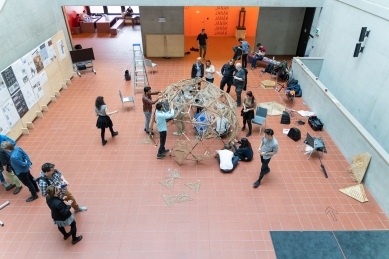
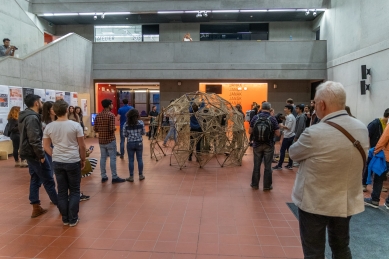
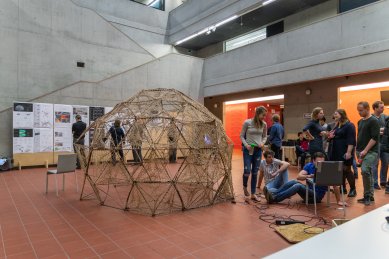
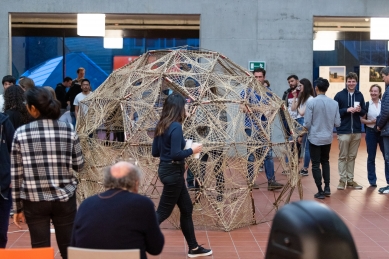
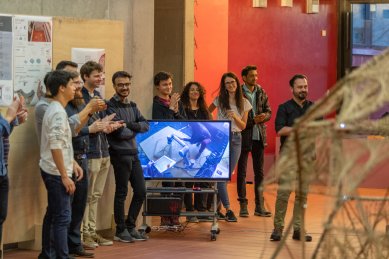
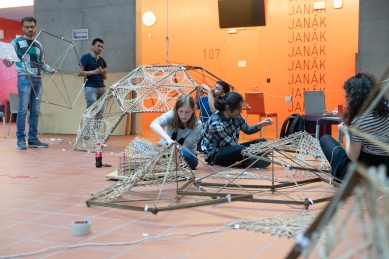
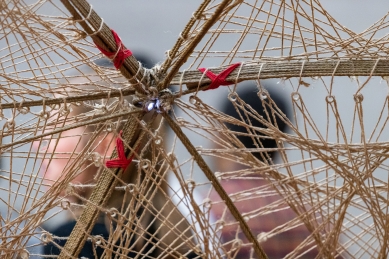
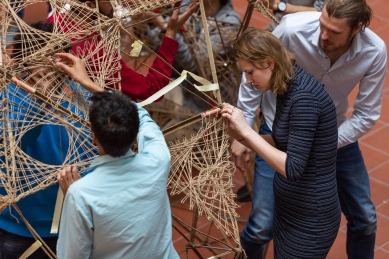
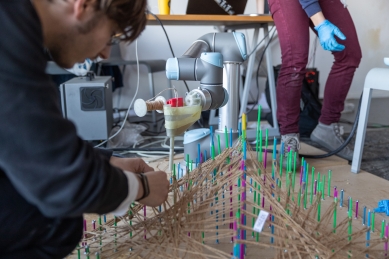
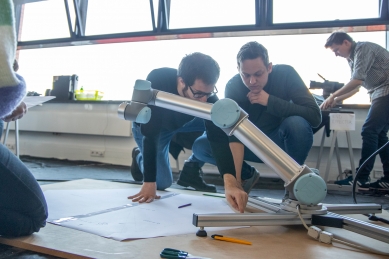
1 comment
add comment
Subject
Author
Date
Zivot a práce na Marsu
Mirko Baum
11.04.19 09:33
show all comments
Related articles
0
09.04.2019 | Students of FA ČVUT will construct a tower in Libčice near Prague
0
11.01.2019 | Students of architecture are building huts in the Krkonoš Mountains - invitation to the vernissage
0
02.03.2018 | Second Skin 2018 - results of the competitive showcase
4
02.07.2013 | Students of the Faculty of Architecture CTU are building a house of the future near their faculty













